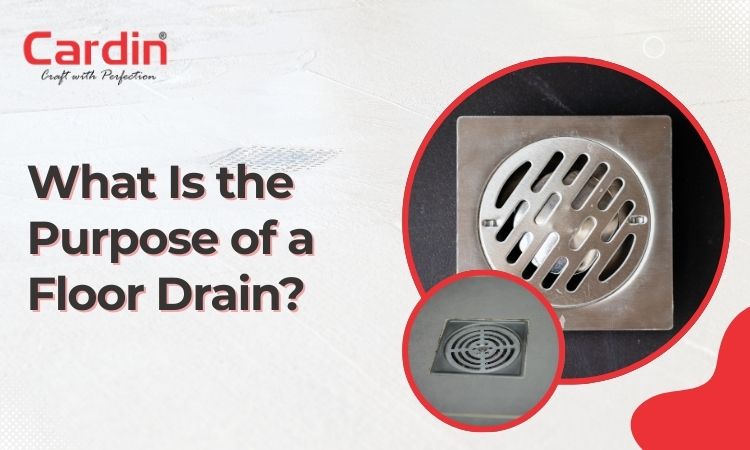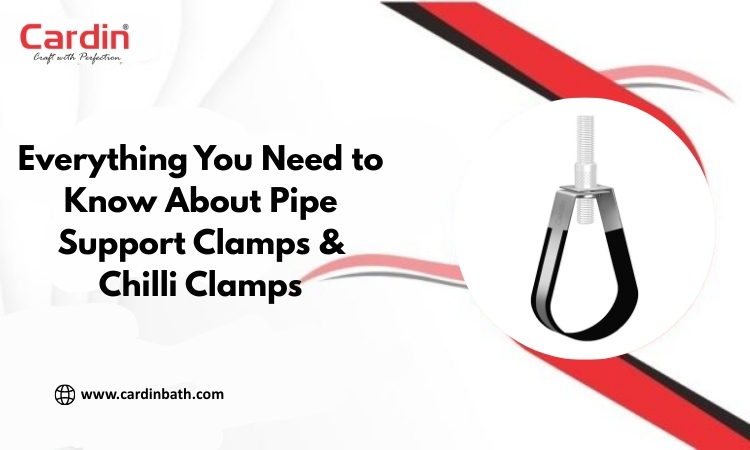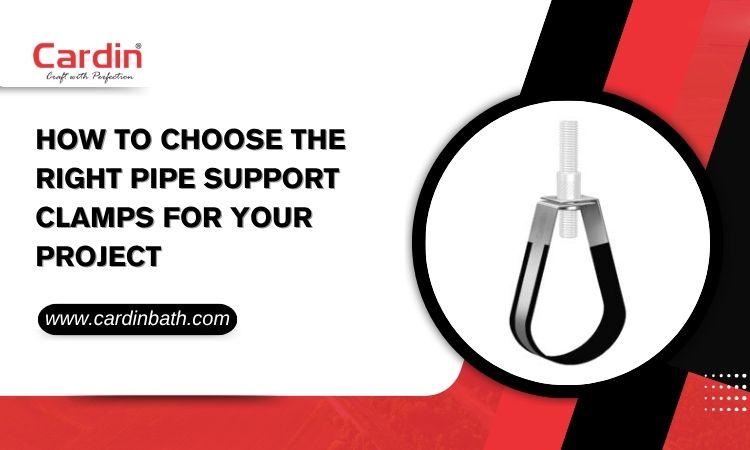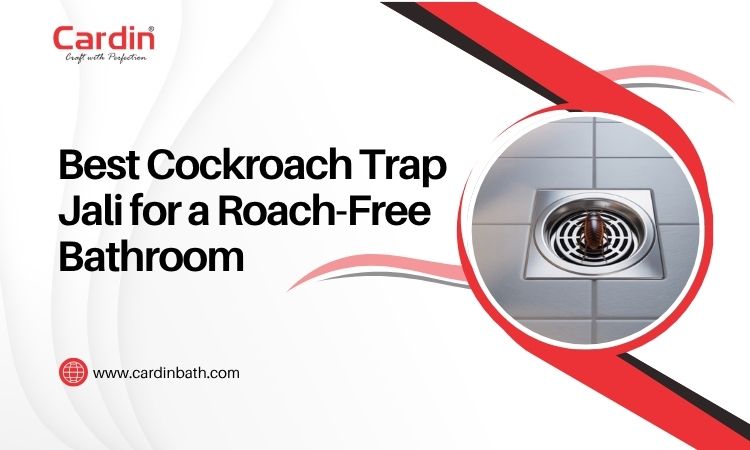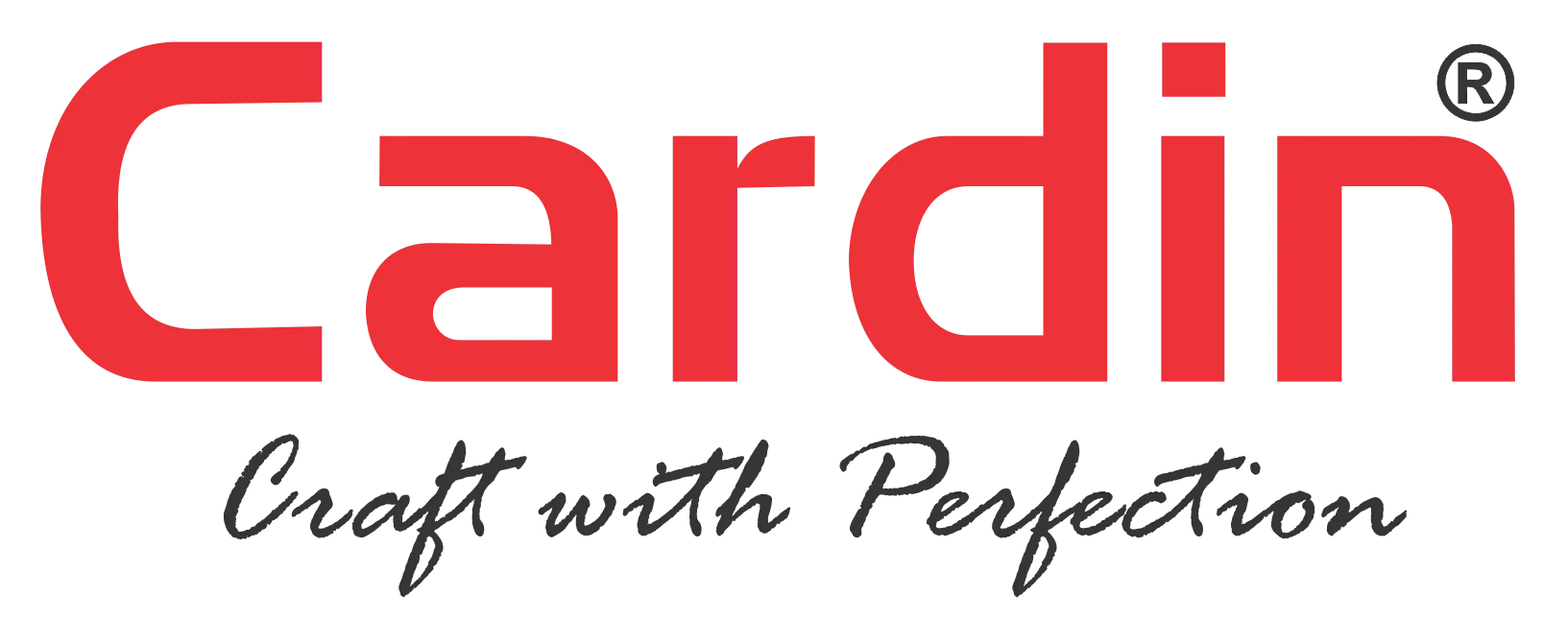You must have definitely noticed a floor drain at almost every place; probably most commonly in bathrooms, garages, and outdoor patios? If you have ever had to install a floor drain yourself or are about to do so, you must know about its usability, available varieties and prices as well.
In this guide, you will learn everything- from the fundamentals of what a floor drain is, how it works, and the reasons it remains a mandatory feature in both residential and commercial buildings. Let’s get started and cover everything you need to know about floor drains!
What Is a Floor Drain?
A floor drain is an important thing for neatness and the safety of the floor. This is a plumbing fixture that is installed directly into the floor. A metal grate stays on top of it at the same level as the floor to cover the opening of the drain. Inside the grate, the drain connects to the pipe, which is connected to the sewer or stormwater line.
Modern Floor Drains
Nowadays, the designs of floor drains have improved a lot from before. There are many types of designs in the market, some round and some square. Many modern floor drains include odor control systems like trap primers or mechanical seals, which keep the floor clean and away from bad smells even if the drains are rarely used.
Purpose of a Floor Drain:
Floor drains have become a commonly used item in every building. Here is a list of purposes of a floor drain-
Water Removal: Excess water can be harmful. This can happen because of an accidental spill, regular cleaning, water leakage, or water that comes from outside. A floor drain removes unwanted water to the sewer or stormwater line through the pipe.
Flood Prevention: Floor drains can be very helpful. Flooding can happen anywhere, in the kitchen, basement, garage, and laundry rooms. Unwanted water can come anytime from overflowing sinks, rainfalls, or leakages which can lead to flooding; at that time, a floor drain is necessary for an emergency outlet.
Odor Control: Nowadays, many floor drain designs include odor control systems to prevent bad smells and water from coming back from the floor drain. Odor control is a system that involves trap primers and mechanical seals which helps to prevent bad smell and unwanted water.
Hygiene and Cleanliness: In today’s world Hygiene and cleanliness are the most important things. Floor drains make it easier to maintain cleanliness. This prevents bacteria from building up again in the kitchen, bathroom, and garage by draining the dirty water.
Protecting Structural Integrity: If there is no source of water removal, it can stick to the walls, floors, or the gaps between the tiles because of leakages or rainfalls. This can lead to moisture and weaken the building. Floor drains quickly remove the water, preventing moisture.
Common Locations Where Floor Drains Are Installed:
Floor drains are installed in different locations according to where the water drains the most. Knowing the locations can be beneficial. Here is a list of common locations where floor drains are installed-
1. Residential:
- Bathrooms: you can install the floor drain to drain the water from showers, bath flows, or wash basins.
- Kitchens: Floor drains are needed especially in larger and modern home kitchens for accidental spills and cleaning water.
- Laundry rooms: You can manage washing machine leaks or overspills by adding floor drains.
- Basements: Floor drains in the basements are mostly to remove rainwater or flood water leakage.
- Garages: You can add a floor drain to remove excess water, melted snow, or vehicle wash water.
2. Commercial:
- Restaurants: For daily wash downs, spill controls, and sanitations you can easily maintain that by installing a floor drain.
- Commercial kitchens: Floor drains can make it easy to constantly clean spills and floors.
- Washrooms: floor drains remove the moisture from the water and keep the areas dry.
3. Industrial:
- Factories: you can add a floor drain to manage the high quantity of water, and sometimes wash water.
- Warehouses: Floor drains are used to manage stormwater or cleaning waste.
- Chemical plants: Some floor drains are specially designed to handle liquids and be less harmful to the environment.
4. Outdoor areas:
- Patios: You can easily avoid pooling water by adding floor drain.
- Balconies: Floor drain is added where the excess water is so as not to leak into the building.
- Parking lots: These usually have floor drains and you can add one to prevent rainwater from damaging the building.
Types of Floor Drains:
Floor drains come in many varieties. These depend on space, location, water volume, and the type of liquid being drained. Here are the types of floor drains-
Standard Floor Drains
Standard floor drains are the most commonly used. This typically comes in round or square shape, and is connected directly to the sewage or drainage system. They usually have a built-in trap primer to block the bad smell and prevent water from coming back. These are mostly used in washrooms, bathrooms, basements, and garages.
Trench Drains / Linear Drains
Trench drains, which are also known as Linear drains, are long and narrow in shape to collect a lot of water. Unlike standard floor drains, these drains don’t require the floor to tilt towards the drain; instead, they just require the floor to tilt in one direction. These are mostly used in commercial kitchens, parking lots, pool decks, and industrial areas.
Point Drains
Point drains are common for small spaces; they efficiently handle a small amount of water. The design of this drain is round or square-shaped, these are especially made for small spaces like residential bathrooms, showers, laundry areas, and small rooms. This needs the floor to slope towards the drain from all directions so that the water can flow down the drain easily.
Area Drains
Area drains are mostly installed in outer and bigger spaces like gardens, parking lots, patios, courtyards, or driveways because that’s where the rainwater or washing water gathers the most. These drains are large in size with a grate that keeps the leaves, dirt, or other things from going inside and connects to the sewage.
Hub Drains (Indirect Waste Drains)
Hub drains are also known as indirect waste drains because they cannot drain the water directly from the main source (like a washing machine, dishwasher, or ice machine). This drains the water through the air gap or air breaks into the drain, then to the drainage. This is used in commercial kitchens, hospitals, laboratories, or machines.
Emergency Overflow Drains
Emergency overflow drains are usually installed in the areas where excess water can lead to huge damage due to unwanted water. These are mostly used in areas like basements, rooftops, HVAC system rooms, and boiler rooms. It is used as a backup drainage system if the primary drainage system is blocked due to sudden drainage, pipe bursts, or heavy rainfall.
Materials Used for Floor Drains:
If you want a long lasting floor drain then make sure to choose the right material because the quality of the material can affect its durability, cost and stability.
Cast iron: Cast iron is a good material, it’s known for its weight, strength and long-lasting durability. It reduces most of the damage and handles high temperatures, but they are heavy and expensive.
PVC: PVC (Polyvinyl Chloride) is a lightweight and affordable material. This is easy to install and works well normally; however, it can’t handle high temperatures, and it can crack due to temperature.
Stainless steel: Stainless steel is a highly valued material. It gives a clean look and also has strength and durability. This material can be more expensive than cast iron but they’re stronger and easier to maintain.
Brass: Brass is a durable and beautiful material. This material is often used in decorative places which has strength and beauty, but is less common compared to other materials due to its cost and availability.
Factors affecting material selection:
There are some factors that affect material selection. In this, Type of chemical liquids being drained, harsh environment or exposure to sunlight, Aesthetic requirements and Load-bearing needs are included.
Maintenance and Cleaning Tips
The look of the floor is always important, to keep the floor clean and hygienic here are the some maintenance and cleaning tips for you-
- You can do a regular inspection to keep your floor dry and clean.
- You can avoid the buildup of bacterias by removing the grate of the drain in a week and cleaning it.
- You should pour boiling water down the drain at least once a month to remove clogs and odors.
- Enzyme-based cleaners naturally break down build-up which can be beneficial for you.
- You have to make sure to avoid harsh chemicals to keep pipes or grates away from damaging.
Conclusion:
With an understanding of what a floor drain is designed to do and how it can protect your property from water damage, odors and cleanliness issues- you can understand how useful these devices are in day to day life.
Remember that regular maintenance is key to keeping a floor drain functioning. Make sure to avoid materials like hair, slime or foam that might cause inconveniences. If you want to keep your drains covered, secured and protected get in contact with a floor drain covers specialist for recommendations and solutions. Good luck!

